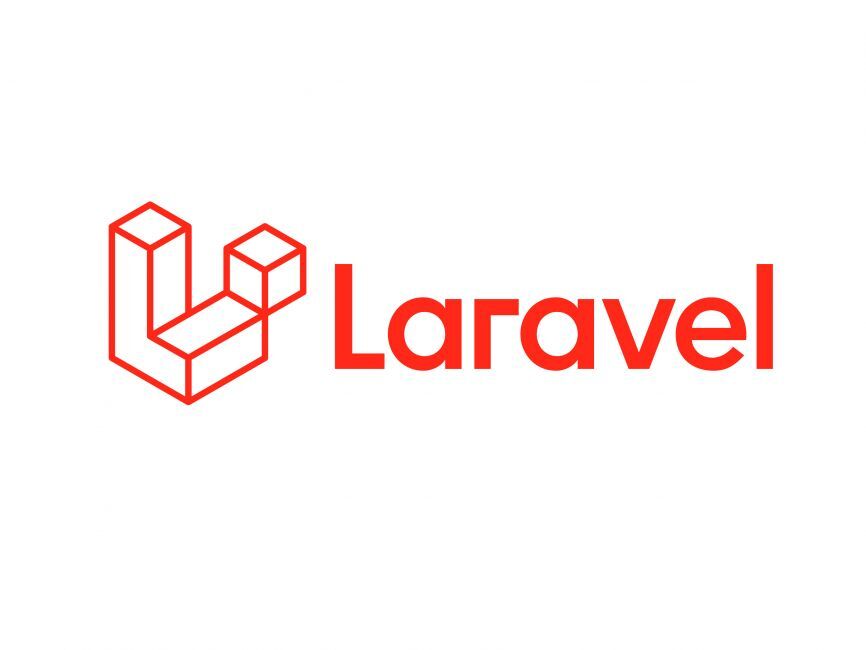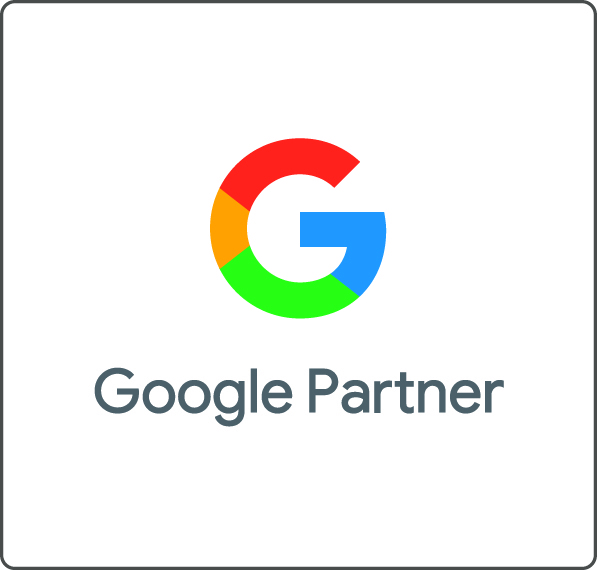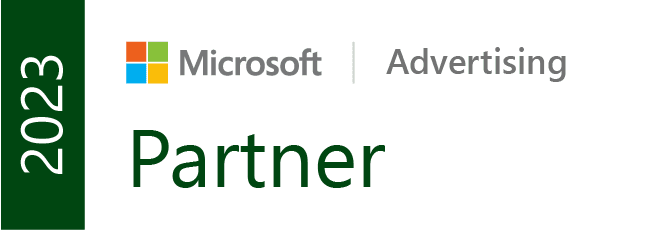At Adido’s Attention: The Digital Marketing Summit this year I somewhat impressively (for me) managed to keep within my 35 minute seminar schedule, however I have struggled to distil the contents of the seminar into one blog article. So here is part 2 of my talk. Part one, which dealt with macro-moments is available here
This article will cover:
- Ability to spot micro-moments
- Ability to target micro-moments
- Ability to connect to purchase
- Growing influence of behavioural economics
And part three, on how you can have your moment in the spotlight is yet to come.
The rise of the mobile phone
Thankfully for you reader, this is not another one of those ‘year of the mobile’ articles. I don’t know for how many years, nor can I recall the number of events I’ve attended where this line was used, but now I believe we’re in an era where the mobile is part and parcel of everyday life. It has transformed our lives and has enabled new ways of doing and learning things. It has become the “tool” to find, or do, almost anything and it’s very rarely far from our grasp.
Both myself and Andy Headington in his talk quoted some staggering stats about our mobile phone “addictions” courtesy of Google, TVTY and Comscore.

As consumers spread their attention across more and more screens and channels, (marketing) micro-moments can happen almost anywhere, anytime.
Spotting micro-moments
Micro-moments are the moments when we turn to a device to take action on whatever we need or want in that moment. We’re actively looking to learn, discover, find, buy or maybe even to be distracted or entertained.
In order for marketers to spot these micro-moment opportunities, data is key. Look at your website data to find out when people visit your site; mine your advertising data to seek patterns for when and where people engage with your ads; review customer data to identify when (and why) people transact with you; overlay weather / financial / search data to discover patterns in your own performance, but also identify gaps that you could be missing out on.
In a presentation I went to recently one of the speakers mentioned how companies often see the journey of data mining and customer research to be cumbersome, and yet the insight is generally received with excitement. The best advice is don’t scrimp on data analysis!
In my research for this seminar I discovered that some companies have gone so far as to restructure their marketing teams to capitalise on these moments. For example, Pernod Ricard have been highlighted as a business which has reorganised its structure to focus on consumption moments for its repertoire of brands rather than individual brand teams. E.g. night out, premium socialising, get together, meal occasion teams.
Would your company benefit from this kind of approach?
At Adido we could certainly consider restructuring our departments according to the moments our clients need our assistance - start-ups (where agility is key), challenger brands (where robust testing is vital), category leaders (with a focus on having a first mover advantage), new product launches etc...
This involves intensive data analysis coupled with media buying. Brands can overlay audience data with robust contextual signals like location, time of day, and even the weather to deliver highly customized creative that people will engage with.
Google enhanced campaigns
Launched in 2013, Google’s Enhanced campaigns were designed to help advertisers bid more effectively by device, by time, by day, and by location. The update has since allowed advertisers to customize their campaigns based on a wide variety of factors that the program could not previously take into account. Nearly three years down the line, it’s hard to believe we ever optimised an Adwords campaign without the ability to adjust bids according to a variety of different conditions.
Choice of medium can be important as well as the choice of message
As with Google Enhanced campaigns, knowing who is interacting with your ads, website and social media platforms by which device could uncover hidden knowledge about your audience. Information that you could use to target your advertising more cost effectively, and messaging more effectively.
For example, a device like a laptop or tablet could be a home or work computer, or it might be used in a coffee shop or on the train. If the user is mobile, then they should see mobile optimised ads and be considered more of a “snacker” of content. However if they’re browsing on their mobile at home they should be treated more like a static user than a mobile one, especially if their device provides a good browsing experience.
Connecting to purchase
For ecommerce brands, the trend towards removing barriers between a consumption moment and a purchase opportunity should be high on the radar.
Some notable shortcuts for sales have included:
- ‘Buy it’ button on Pinterest which was released in June 2015;
- Shopify integration within social platforms like Facebook allowing customers to browse product catalogues and keeping the shop always visible;
- Google has launched shopping ads within TrueView videos to cut down the click-path between seeing a product in action, and purchasing it;
- Google is piloting a buy button in mobile search with “purchases on Google” - making mobile purchases easier for consumers;

Behavioural economics
In all honesty I went off on a little tangent with my introduction to behavioural economics in my talk, but it was an opportunity to talk about wine, so please forgive me!
In essence, the following quote was included to demonstrate how context can affect purchase behaviour and enjoyment. When considering your micro-moments think also about the context in which someone might come into contact with your message as it could alter how they receive it.

No talk on moment marketing is also complete without a mention of Google’s four key intention moments and its Zero Moment of Truth concept.
Google does it’s explanation of its micro moment approach much better than me, so head over to its little hub of moments that matter for more information.
In summary:


Google studies have proven that the average shopper connects with 10.4 sources of information before making a decision. The Zero Moment of Truth models highlights that the traditional mental model of marketing (stimulus, purchase (moment 1), and experience (moment 2) has been disrupted. Consumers do not instantly react to advertising. They proactively look at reviews, ask friends for advice on social media, or research products on blogs before making a decision.
Summary
Here ends my whistle stop tour of micro-moment marketing. I would definitely suggest familiarising yourself with Google’s research, case studies and insights on the subject as it definitely influenced the content of my talk.
Next up in a new blog post will be a mini exploration into memorability and achievement moments, plus how to have your moment in the spotlight.





